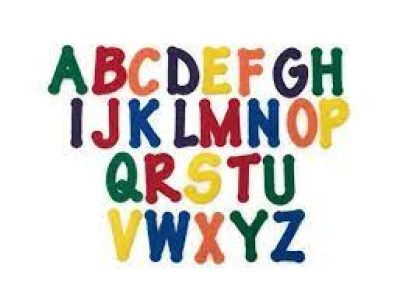Phonics is a critical part of literacy education, helping children understand how letters are linked to sounds (phonemes) to form letter-sound correspondences and spelling patterns. To make phonics instruction engaging and interactive, educators can incorporate hands-on games into their classrooms. These games not only make learning fun but also reinforce students’ phonemic awareness and decodingskills. Here are 16 hands-on phonics games that can transform the classroom into a lively learning arena:
1. Phonics Bingo: Create bingo cards with a variety of phonemes or word families. As you call out sounds or words, students mark them on their cards.
2. Fishing for Phonics: Put magnetic letters into a ‘pond’ and have students ‘fish’ for the correct letters to match phoneme cards.
3. Sound Match Memory: Students take turns flipping over cards to find pairs that match pictures with their beginning sounds.
4. Phonics Hopscotch: Draw a hopscotch grid with letters or digraphs in each square. As children hop, they say the sound of each letter they land on.
5. Letter-Sound Musical Chairs: Set up chairs with letter cards taped to them. Play music and when it stops, students must find a chair and say the corresponding sound.
6. Alphabet Soup Sorting: Place various magnetic letters into a large bowl. Give students ‘soup’ bowls labeled with different phonemes to sort the letters into.
7. Build-a-Word Blocks: Use blocks with different phonemes written on each side. Stack them to build as many words as possible in a set time frame.
8. Silly Sentence Creator: Give children a series of personally built or random phonemes and ask them to create silly sentences using words that contain those sounds.
9. Phoneme Jump: Spread out sound cards on the floor and ask students to jump from one card to another, pronouncing each sound as they go.
10. Letter Toss: Set up bins labeled with different letters or sounds and have students toss bean bags into the correct bin after saying the sound aloud.
11. Phonics “Simon Says”: Have students do actions related to phonemes when you say “Simon says…” For example, “touch your nose if you hear the /n/ sound.”
12. Word Family Spin Wheel: Create spinners with word family endings and have students spin to combine it with beginning sounds to create words.
13. Rewarding true or false: Provide tokens for each correct recognition of whether a given word matches its phoneme card—for instance, does “cat” go with “/k/”?
14 Hide-and-Seek Letters: Hide letter cards around the classroom for students to find; once found, they must say the sound or use it in a word.
15 Phonics Pictionary: Students draw images representing words containing specific phonemes which classmates have to identify.
16 Walking Words: Space out letter mats across the floor, then give verbal cues for students to step from letter to letter, building words as they walk.
These games not only augment traditional phonics lessons but also cater to various learning styles, ensuring that all students engage actively in literacy learning.





